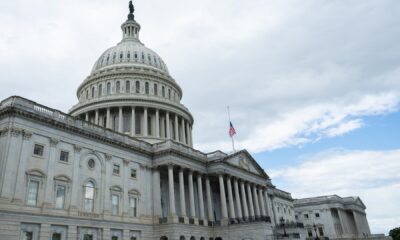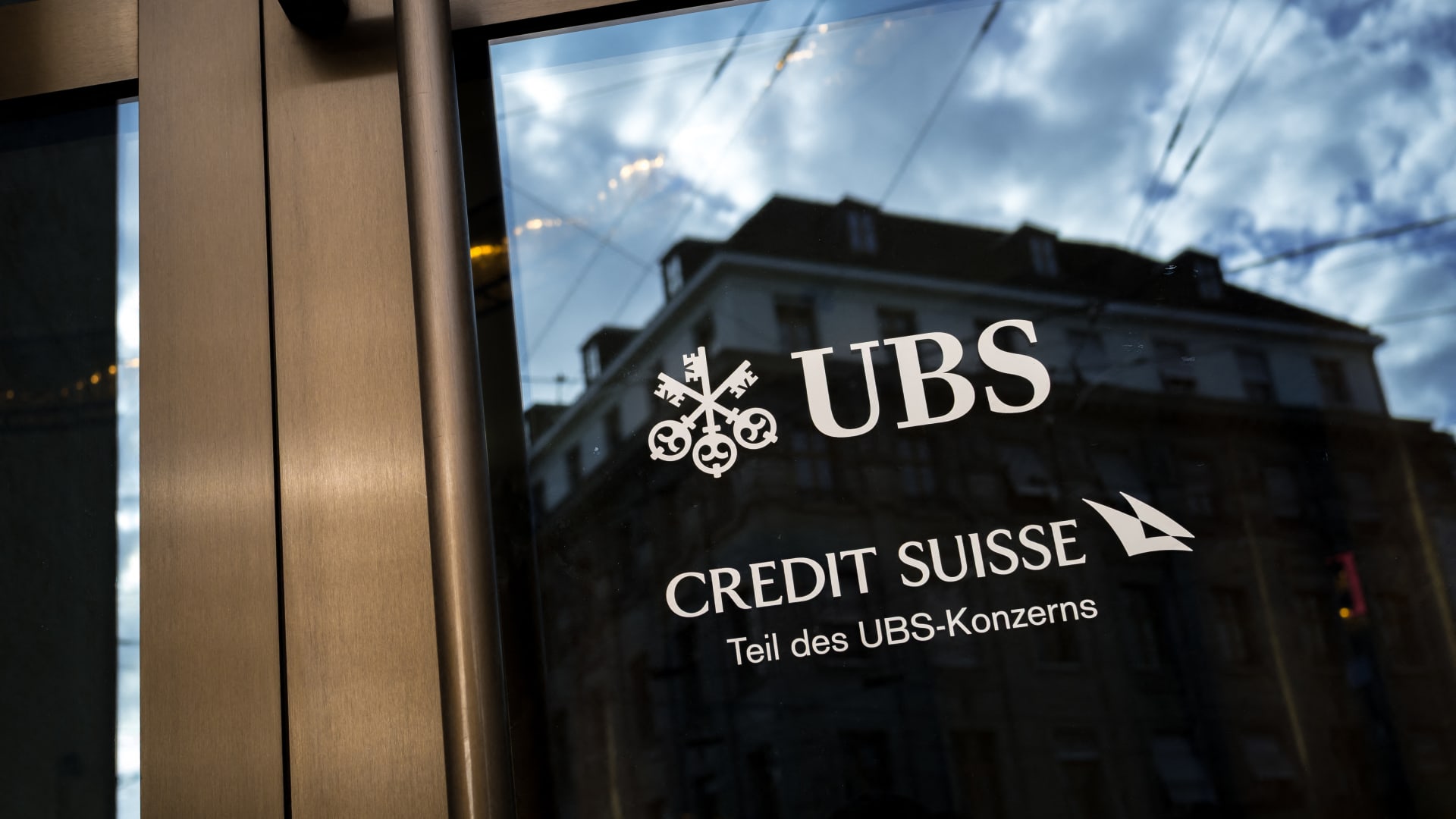Survey respondents said they maxed out credit cards to cover living expenses. (iStock)
Economic hardship is causing more people to rely on credit to cover living expenses, and some have even maxed out their credit cards to deal with inflation and rising prices, according to a recent survey.
Credit card balances surged past the trillion dollar mark in the fourth quarter of 2023. The increase in credit card debt signals that many Americans are struggling to pay for basic needs. Roughly 45% of Americans said that inflation and rising prices are why they’ve relied so heavily on credit cards, the Debt.com survey said. Nearly 9% of all respondents said they got a credit card to pay for a financial emergency.
Moreover, 35% of Americans said they have maxed out their credit cards in recent years. Of those who had maxed out their credit cards, 85% said they were pushed to use their cards to the limit because of price increases from inflation. Approximately 22% of Americans said they now owe between $10,000 to $20,000 in credit card debt, and 5% have more than $30,000.
“In today’s economic landscape, the surge in credit card debt is a stark indication of the financial strain many Americans face,” Debt.com Chairman Howard Dvorkin said. “With record-high debt levels and a significant portion of individuals maxing out their credit cards, it’s clear that households are grappling with unique challenges.”
Personal loans can offer consumers lower-interest options to refinance high-cost credit card debt. If you’re interested in paying off high-interest debt with a personal loan, you could visit the Credible marketplace to learn more about your options and speak with an expert to get your questions answered.
SOCIAL SECURITY: COLA INCREASING BUT MEDICARE COSTS RISING TOO IN 2024
Millennials carry the highest credit card debt load
Young Americans’ credit card debt, particularly millennials’, has grown faster than that of other generations. Roughly 31% of this generational segment said they owed at least $10,000 to $20,000 in credit card debt. A higher share of this age group also carries the highest debt load of $20,000 to more than $30,000.
The Federal Reserve has raised interest rates 11 times since 2022 to lower sky-high inflation to a 2% target rate. Now that inflation has moderated somewhat, the Fed has slowed rate hikes, but its restrictive monetary policy has pushed credit card interest rates higher.
“Inflation and escalating living costs are forcing individuals to rely on credit cards as a lifeline,” Debt.com Chairman Howard Dvorkin said. “While credit cards can offer temporary relief, accumulating debt at a rapid pace is unsustainable and can lead to long-term financial repercussions. People need to exercise caution and seek alternate financial strategies to navigate these turbulent times.”
If you’re worried about high-interest debt, you could consider paying it off with a personal loan at a lower rate to reduce your monthly payments. Visit Credible to get your personalized rate in minutes.
AMERICANS LIVING PAYCHECK TO PAYCHECK OWN 60% OF CREDIT CARD DEBT: SURVEY
Lower interest rates could open up refinancing opportunity
Some relief could come when the Fed begins to dial back interest rates. Fed Chair Jerome Powell said that the central bank will continue to monitor inflation and other economic indicators to determine when to lower rates. Lowering them too soon would bring the risk of bringing inflation back, while holding back too long poses a risk to economic growth.
“We believe that our policy rate is likely at its peak for this tightening cycle and that, if the economy evolves broadly as expected, it will likely be appropriate to begin dialing back policy restraint at some point this year,” Powell said in a statement.
Once interest rates are reduced, consumers can explore refinancing any high-interest debt into lower-interest credit products to lower balances, according to Michele Raneri, TransUnion vice president of U.S. research and consulting.
“If the expected Fed interest rate cuts over the course of 2024 take place, lenders may find opportunity as consumers carrying elevated card balances seek to lower their monthly payments by refinancing high-cost debt into a lower interest product,” Raneri said in a statement. “Consumers should know their credit scores and work to improve them where possible. This will ensure they are as well-positioned as they can be to take advantage of those lower rates if the opportunity arises.”
If you are struggling to pay off debt, you could consider using a personal loan to consolidate your payments at a lower interest rate, saving you money each month. You can visit Credible to find your personalized interest rate without affecting your credit score.
SECURE 2.0: OPTIONAL PROVISIONS KICK IN TO HELP RETIREMENT SAVERS WITH EMERGENCIES AND STUDENT LOAN DEBT
Have a finance-related question, but don’t know who to ask? Email The Credible Money Expert at [email protected] and your question might be answered by Credible in our Money Expert column.

 Blog Post1 week ago
Blog Post1 week ago
 Economics1 week ago
Economics1 week ago
 Finance1 week ago
Finance1 week ago
 Personal Finance1 week ago
Personal Finance1 week ago
 Accounting1 week ago
Accounting1 week ago
 Economics1 week ago
Economics1 week ago
 Personal Finance6 days ago
Personal Finance6 days ago
 Personal Finance1 week ago
Personal Finance1 week ago










